Premier Foods remained full of festive cheer this week after revealing its “biggest ever Christmas” – but bigger tests await as food price inflation falls out of the market.
On the surface, the Mr Kipling and Batchelors maker has come through a period of extreme stress for food producers in admirable shape.
This week it said sales in the 13 weeks to 30 December were up 14.4% from the prior year to £352.7m, helped by its aforementioned “record” performance over Christmas.
Grocer sales were up 11.9% as it gained market share across its categories, while its ‘sweet treats’ division notably roared back to growth in the quarter, with branded sales up 17.1% due to significantly higher sales of Cadbury cake after disruption last year.
Premier’s bottom line has also held up against the wave of cost increases, with it “well on track to deliver against its previously raised profit expectations”, having raised them in November to be 10% ahead of last year.
What Premier doesn’t detail in its sales update is the contribution from price and volume – and that will quickly start to become a challenge in 2024.
That Premier has protected margin so effectively during the spike in cost inputs (margins were flat in its first half to the end of September) suggests it has maintained a pretty aggressive stance on price recovery. Assosia data showed Premier pushed through significant price increases last year to absorb inflation.
Volume sales at Premier likely ‘close to flat’
While Premier doesn’t split out the volume impact of these price increases, broker Jefferies says sales volumes have been “impacted by the elasticity effects of higher prices” and estimates that grocery volumes are running “close to flat” despite the strong topline growth.
This points to the next major challenge awaiting Premier – which is to pivot back to volume growth once the benefits of higher prices fall out of year-on-year comparisons.
According to CEO Alex Whitehouse, that will happen in the coming months. “As we go through this last quarter and the year, all the pricing benefit from that last big price increase a year ago drops out by the end of the quarter,” he noted this week.
For fmcg producers, price-driven growth with falling volumes can only ever be a temporary solution – structural volume growth is the only long-term recipe for success and so 2024 will be a significant test of the durability of its branded growth model.
And there are a number of reasons to believe Premier’s “branded growth model” can keep delivering.
This model is copying that of its much larger fmcg global contemporaries – such as P&G and Unilever – which is now focused on building those brands. “We actually see ourselves as a much smaller version of one of those multinationals,” Whitehouse said.
The old Premier Foods focused on margin and maintaining profit levels (and servicing its previously heavy pension deficit) while trying to maintain share in declining categories and generating funds by selling off parts of the portfolio like Hovis.
Premier’s branded product sales doubled
Now that has shifted completely under this brand-focused model to being more reliant on new product development. Premier was quick to point out sales from new categories more than doubled in the quarter, from Ambrosia Porridge pots to Mr Kipling and Angel Delight ice cream. And there is the promise of much more NPD on the way.
Premier is also now shifting back into volume growth mode through turning the dial up on promotions.
It said promotional price points it introduced in the third quarter “positively impacted performance” and it planned to extend these to additional products such as Loyd Grossman cooking sauces and Mr Kipling Bakewell slices in the new year.
As its multinational fmcg rivals do, Premier is also looking for contributions from acquisitions and international growth. It made encouraging noises about the contribution of its Spice Taylor and Fuel10K acquisitions, while international growth of 11% was boosted by its internationalisation of Spice Taylor, which is set to launch in the US and France.
The turnaround of “zombie” Premier Foods shouldn’t be underestimated. Its ability to get its brands back into growth has seen the company’s share price rise by some 290% since 2020.
2024 now presents a different challenge, which is to maintain the progress it has made on profitability while ramping up promotions, marketing and NPD to get more shoppers to buy more of its products.
But over the past five years, Premier has started meeting and overcoming those challenges. There’s little reason to think it will stop now.











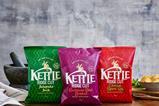

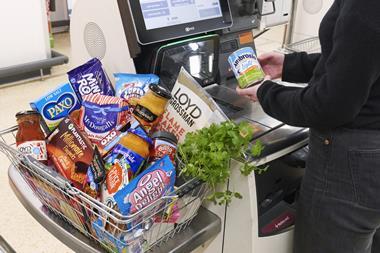
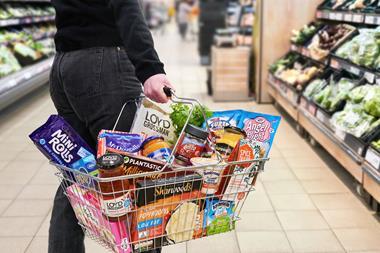
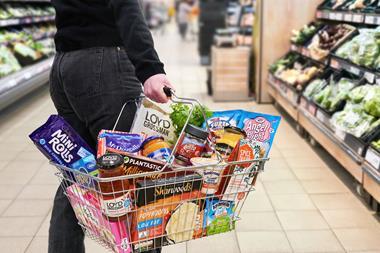
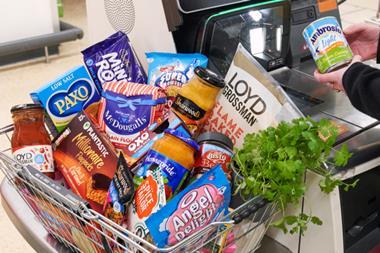


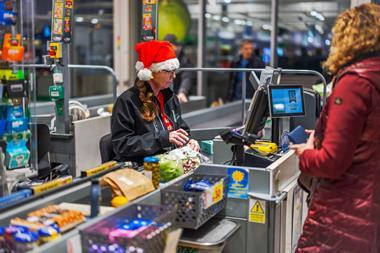
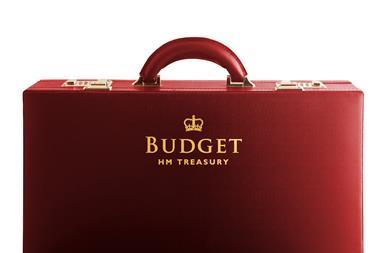




No comments yet